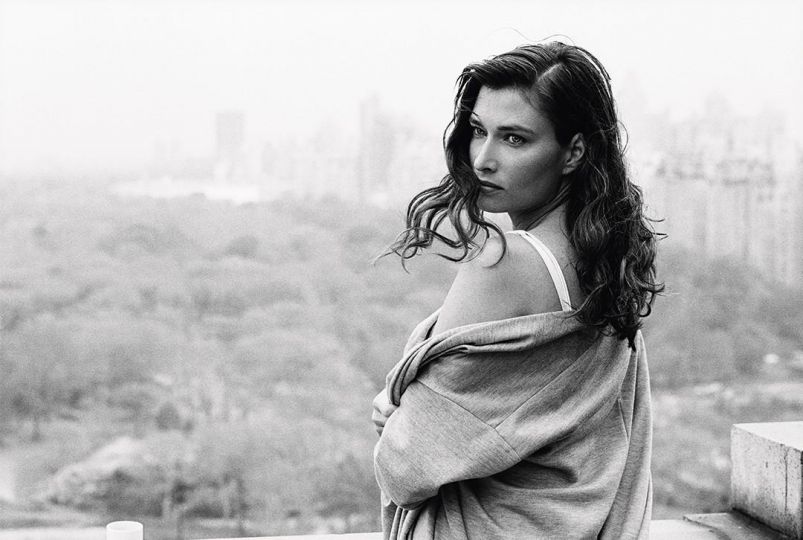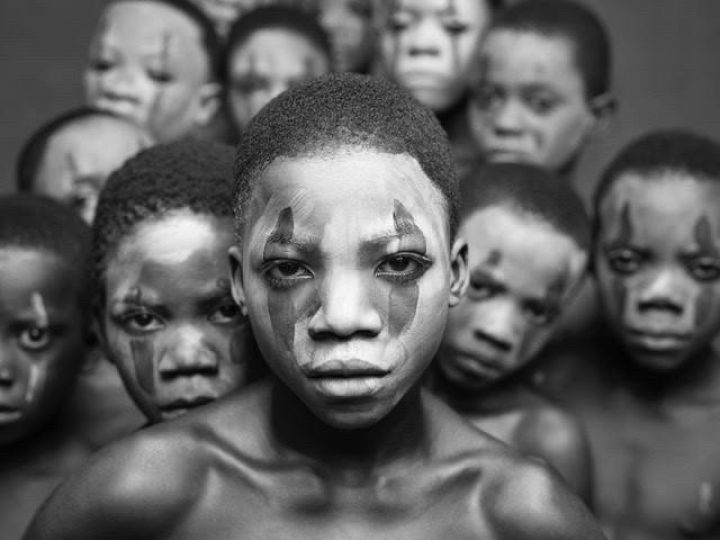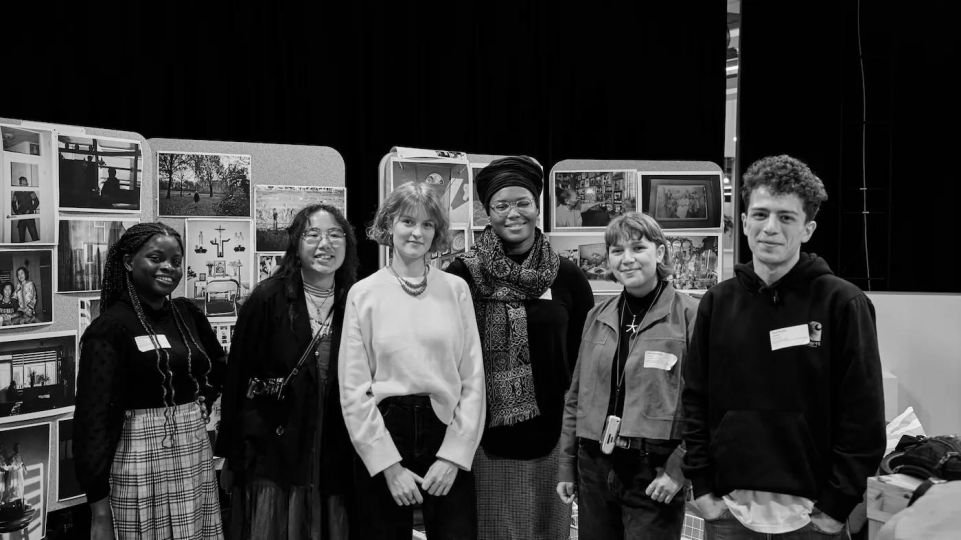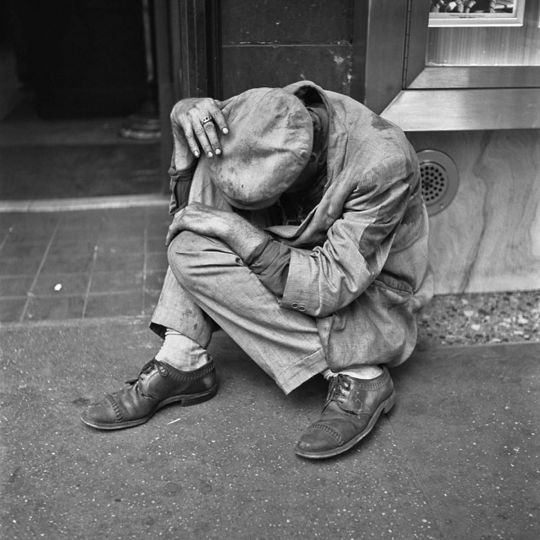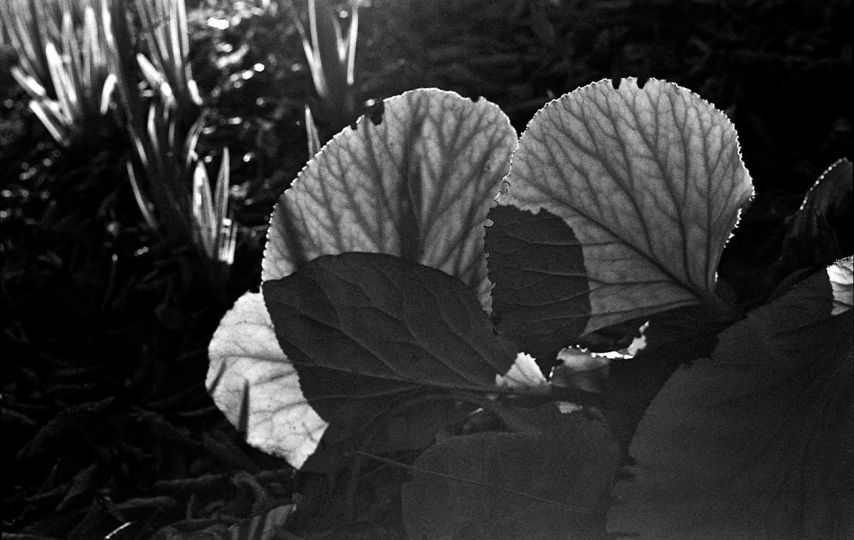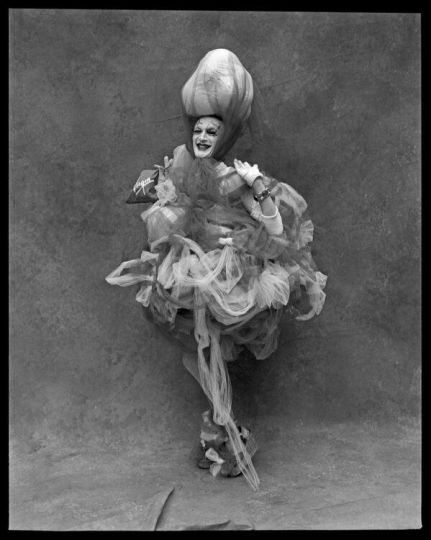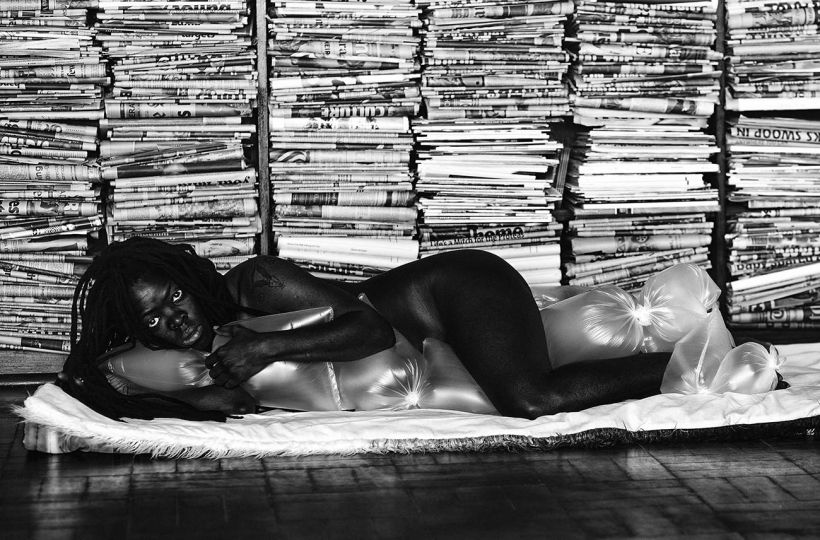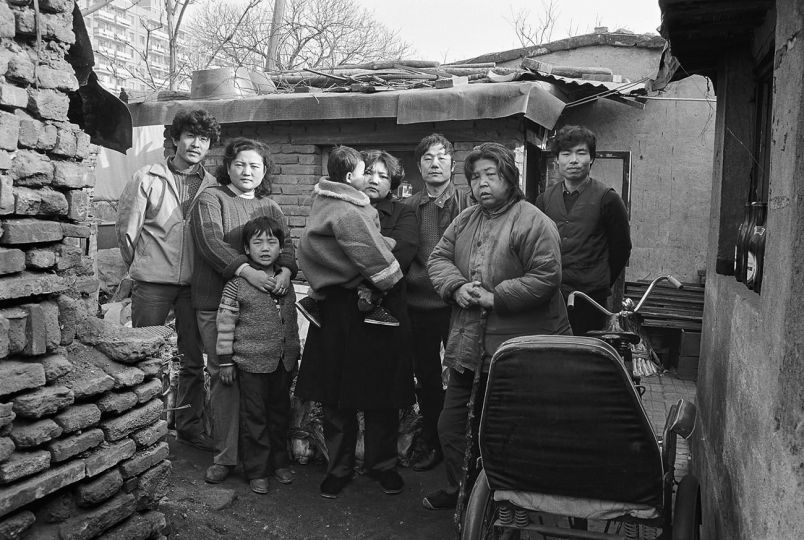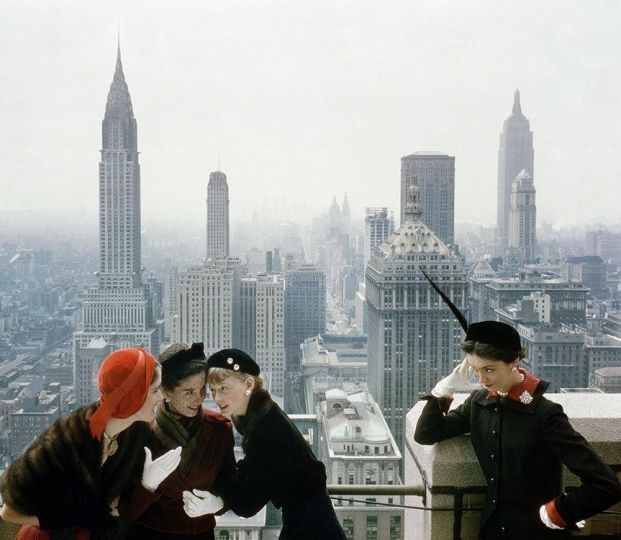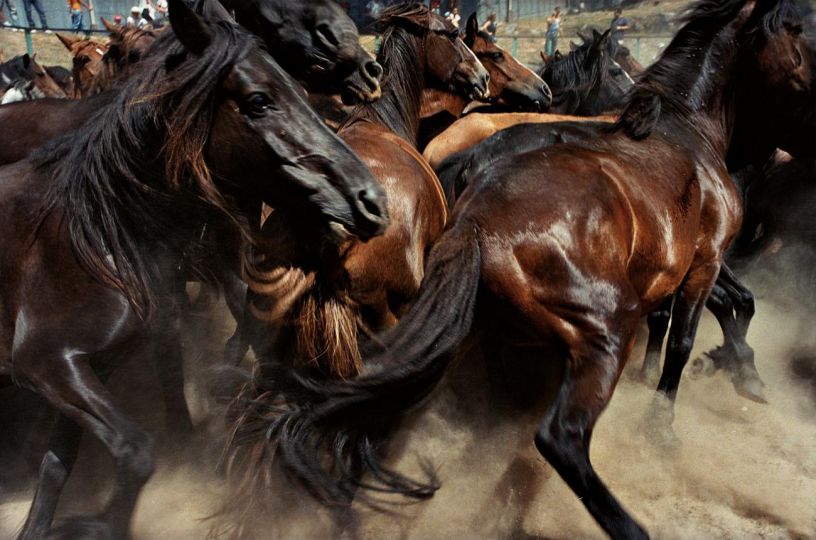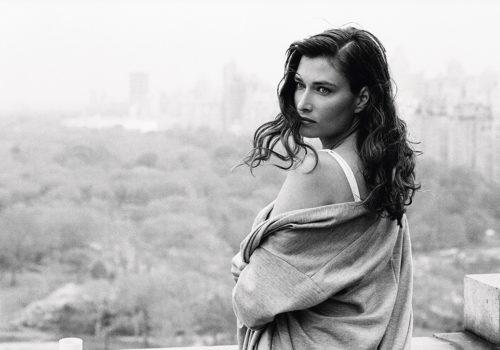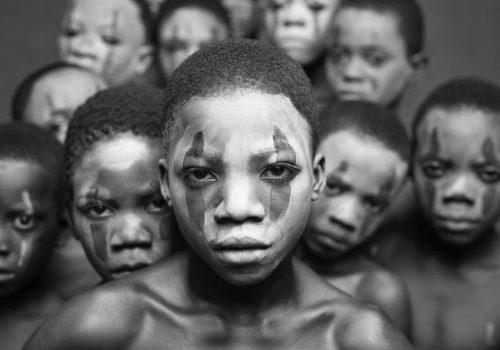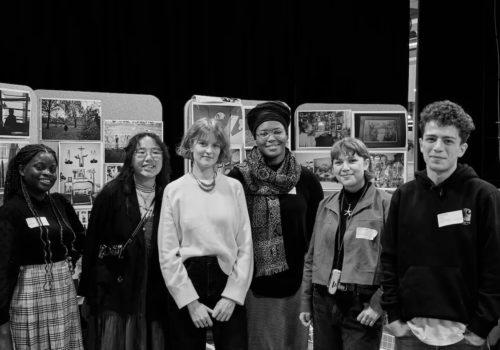As part of their partnership, Le Soir “Belgian daily newspaper” and the Museum of Photography launched the Galerie du Soir. In addition to each new major exhibition at the Museum, the Galerie du Soir presents a young artist to discover. A bet on the future, divided into four parts: a reduced but significant display at the Museum, a portfolio in the journal Open Photography, a presentation of the photographer in the Evening pages and a selection of his work on the site www.lesoir.be .
For this new edition of the Galerie du Soir, our choice fell on Mathieu Van Assche.
“Basically, explains Mathieu Van Assche,” I come from the world of illustration “. Born in 1980, this graphic designer by profession arrives at photography through engraving. “Like everyone else I was taking vacation photos but I had no ambition in this area. One day, I went to the Wild Carnival (alternative urban carnival: editor’s note) which a friend had told me about. I had a small camera and started taking pictures telling myself that there was good material there for engraving. ”
By dint of having these photographs in front of him, he decides to use them directly to transfer them to copper plate and make other engravings. While working on the image. “I wanted to make all human presence disappear, to have only masks. So I redrew on the faces then I reprinted and so on. ”
Little by little, photo and engraving change status. “Engraving has become just a means of printing and no longer my end goal. On the other hand, the “accidents” that always arise in engraving add material, a little extra soul. ”
Today, Mathieu Van Assche continues to practice illustration, graphic design, photography, often mixing various disciplines. But when it comes to photography, he rediscovered the pleasures of film.
“For everything related to carnival or street photos, I like to work with film, with small compact devices that fit in your pocket. Because there is, once again, this notion of accident. Then this wait before discovering the result. And the obligation to choose, the impossibility of machine gunning away as with digital photography. You don’t have everything, right away, I like this situation enough. ”
Through the wild Carnival but also the old photos on which he draws, he explores different facets of the mask. “What I call” sabotaged photos “is a long time ago. I made a few just for myself, for fun. Old photos found on the Jeu de Balle flea market. I brought them out two years ago for a small exhibition and I decided to continue the series. I create masks for them based on the image, my mood, all the things I have seen … Always working on the originals to give them a second life. If I did not transform them, these images would end up in the trash or at best in a collector. ”
With the Wild Carnival, he entered the heart of this passion for the mask. “The first time I followed the wild Carnival, it was as a spectator. Now I also participate. Being masked allows me to experience things from the inside, to have much more direct contact. ”
If the mask is at the heart of his current work, it is not the result of a deliberate will. “I didn’t say to myself: I’m going to work on the mask. Basically, it’s an aesthetic that I like. In painting, I admire Bosch, Brueghel … We find this in the Wild Carnival and in other events of the same type. Over time, I have read a lot about the subject around the world: African, Japanese, Chinese masks… These are things that attract me aesthetically and, ultimately, I gradually create a coherent universe with links between everything I do: monsters, spirits, masks, the pagan party side… ”
And when often asked, what exactly he is doing, he replies, “I make pictures. And for me, a photo is an image just like an illustration or an engraving. It’s the same approach: to provoke reactions through spontaneous creation. I’m not trying to deliver a message. However, I’m interested in seeing how people interpret things. It is those who look at an image that bring it to life, sometimes giving it a meaning that I have not thought of at all. ”
Jean-Marie Wynants
Musée de la Photographie de la Fédération Wallonie-Bruxelles
Avenue Paul Pastur 11, 6032 Charleroi, Belgium


